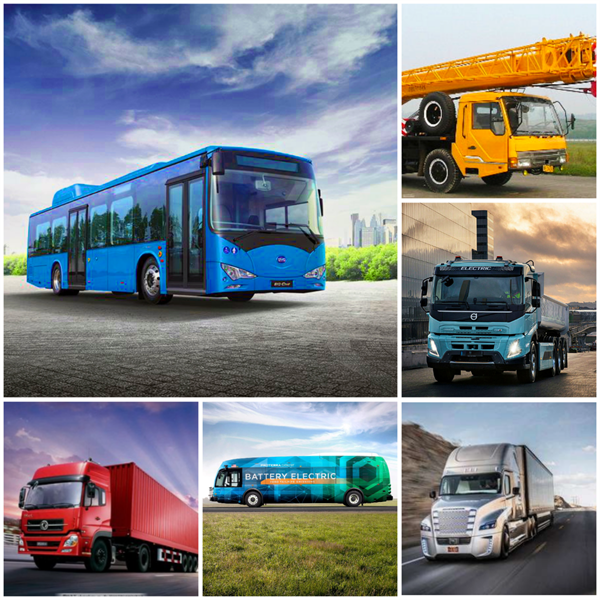New energy vehicles are vehicles that do not rely on the internal combustion engine as their main source of power, and are characterised by the use of electric motors. The battery can be charged by means of a built-in engine, an external charging port, solar energy, chemical energy or even hydrogen energy.
Stage 1: The world's first electric car appeared already in the middle of the 19th century, and this electric car was mainly the work of 2 generations.
The first was the electric transmission device completed in 1828 by the Hungarian engineer Aacute nyos Jedlik in his laboratory. The first electric car was then refined by the American Anderson between 1832 and 1839. The battery used in this electric car was relatively simple and non-refillable. 1899 saw the invention of a wheel hub motor by the German Porsche to replace the chain drive then commonly used in cars. This was followed by the development of the Lohner-Porsche electric car, which used a lead-acid battery as its power source and was driven directly by a wheel hub motor in the front wheels - the first car to bear the Porsche name.
Stage 2: The early 20th century saw the development of the internal combustion engine, which took the purely electric car off the market.

With the development of engine technology, the invention of the internal combustion engine and the improvement of production techniques, the fuel car developed an absolute advantage during this phase. In contrast to the inconvenience of charging electric cars, this phase saw the withdrawal of purely electric cars from the automotive market.
Stage 3: In the 1960s, the oil crisis brought a renewed focus on purely electric vehicles.
By this stage, the European continent was already in the middle of industrialisation, a period when the oil crisis had been highlighted frequently and when mankind began to reflect on the increasing environmental disasters that could be caused. The small size of the electric motor, the lack of pollution, the lack of exhaust fumes and the low noise level led to a renewed interest in purely electric vehicles. Driven by capital, the drive technology of electric cars developed considerably in those decade, pure electric cars received more and more attention and small electric cars began to occupy a regular market, such as golf course mobility vehicles.
Stage 4: The 1990s saw a lag in battery technology, causing electric vehicle manufacturers to change course.
The biggest problem hindering the development of electric vehicles in the 1990s was the lagging development of battery technology. No major breakthroughs in batteries led to no breakthroughs in charge box range, making electric vehicle manufacturers face huge challenges. Traditional car manufacturers, under pressure from the market, began to develop hybrid vehicles to overcome the problems of short batteries and range. This time is best represented by PHEV plug-in hybrids and HEV hybrids.
Stage 5: At the beginning of the 21st century, there was a breakthrough in battery technology and countries began to apply electric vehicles on a large scale.
At this stage, battery density increased, and the range level of electric vehicles also increased at a rate of 50 km per year, and the power performance of electric motors was no longer weaker than that of some low-emission fuel cars.
Stage 6: The development of new energy vehicles was driven by the new energy vehicle manufacturing force represented by Tesla.
Tesla, a company with no experience in car manufacturing, has grown from a small start-up electric car company to a global car company in just 15 years, doing what GM and other car leaders cannot do.
Post time: Jan-17-2023




